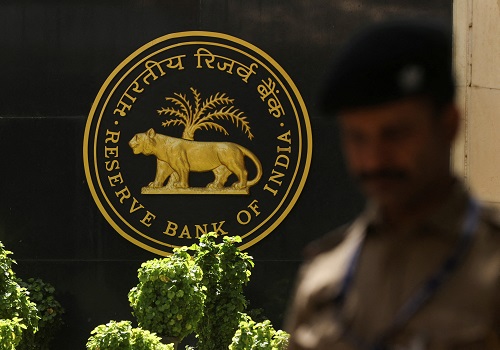India bond yield curve to flatten more as long-term rates fall, treasury officials say

India's government bond yield curve is poised to flatten further in the coming weeks as long-term interest rates fall on strong demand for longer-term securities, bank treasury officials said.
The curve is the flattest in nine months, with the spread between the central bank policy rate and benchmark bond yield easing to 50 basis points on Monday, from 90 bps in October.
The last time the spread was in negative territory was in March 2015, LSEG data showed.
India's 10-year bond yield fell to within a whisker of 7% on Monday, while the repo rate is at 6.5%.
The overnight rate, which is anchored to the policy rate, has averaged in 6.65%-6.80% in the last four months.
A flattish yield curve could lead to increased mis-pricing of risk, said traders.
"With yields trending downwards, it is expected the 10-year benchmark bond yield could decline to 6.50% over the next six months, with a high chance of it falling below the repo rate before any rate cut," said Arun Srinivasan, head of fixed income at ICICI Prudential Life Insurance.
Yields for bonds above 10 years have fallen amid strong demand from local and global buyers, with the latter adding to purchases ahead of India's inclusion in JPMorgan's index.
Foreign investors have bought over 800 billion rupees ($9.68 billion) in government debt since Sep. 22, when the inclusion was announced.
In contrast, short-term rates have remained elevated due to tight liquidity conditions and a hawkish stance from the central bank, which signalled that easing will only be considered when inflation falls close to the 4% target in a sustainable manner.
Sustained tightness in liquidity, constructive view on inflation and favourable demand-supply dynamics for longer-term bonds have led to flatness, said Soumyajit Niyogi, a director at India Ratings & Research.
"We could see longer-duration bond yields drift further lower in the new financial year and the spread could contract more," said Vijay Sharma, senior executive vice president at PNB Gilts.
Still, some do not expect this to continue for long as the central bank may not be comfortable allowing the 10-year yield to fall below the 6.60%-6.65% level, said a foreign bank treasurer.
As yields fall, local banks may sell the excess government bonds they are holding, the official said.
Banks have to hold 18% of their deposit base as the statutory liquidity ratio but are holding more than that.
($1 = 82.6675 Indian rupees)























